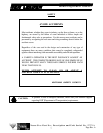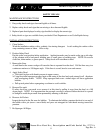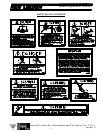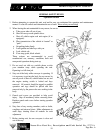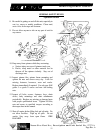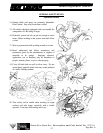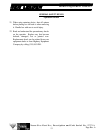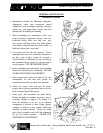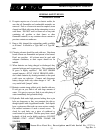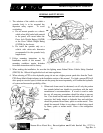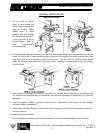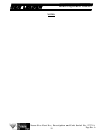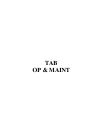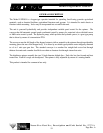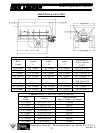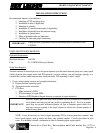
Please Give Part No., Description and Unit Serial No.
HIGHWAY EQUIPMENT COMPANY
15
97373-A
Page Rev. A
GENERAL SAFETY RULES
Maintenance Section
8. If repairs require use of a torch or electric welder, be
sure that all flammable and combustible materials are
removed. Fuel or oil reservoirs must be emptied, steam
cleaned and filled with water before attempting to cut or
weld them. DO NOT weld or flame cut on any tank
containing oil, gasoline or their fumes or other
flammable material, or any container whose contents or
previous contents are unknown.
9. Keep a fully charged fire extinguisher readily available
at all times. It should be a Type ABC or a Type BC
unit.
10. Cleaning solvents should be used with care. Petroleum
based solvents are flammable and present a fire hazard.
Don’t use gasoline. All solvents must be used with
adequate ventilation, as their vapors should not be
inhaled.
11. When batteries are being charged or discharged, they
generate hydrogen and oxygen gases. This combination
of gases is highly explosive. DO NOT SMOKE
around batteries—STAY AWAY FROM FLAME—
don’t check batteries by shorting terminals as the spark
could cause an explosion. Connect and disconnect
battery charger leads only when charger is “off”. Be
very careful with “jumper” cables.
12. Batteries contain strong sulfuric acid—handle with care.
If acid gets on you, flush it off with large amounts of
water. If it gets in your eyes, flush it out with plenty of
water immediately and get medical help.
13. Hydraulic fluid under high pressure leaking from a pin
hole are dangerous as they can penetrate the skin as
though injected with a hypodermic needle. Such liquids
have a poisonous effect and can cause serious wounds.
Get medical assistance if such a wound occurs. To
check for such leaks, use a piece of cardboard or
wood instead of your hand. The fine spray from a small
hydraulic oil leak can be highly explosive—DO NOT
SMOKE—STAY AWAY FROM FLAME OR
SPARKS.



